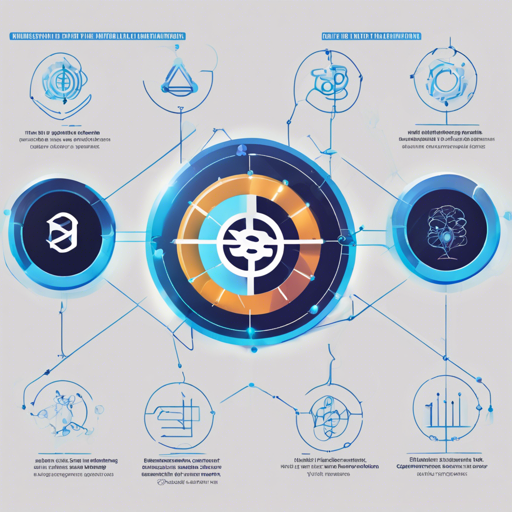Welcome to our guide on the Status Network Token (SNT), an ERC20-compliant token crucial for the Status project ecosystem. This article is tailored to lead you through the intricacies of token creation, distribution, and more. Explore this user-friendly approach and dive into the technical specifications that make SNT a standout in the blockchain space.
1. Overview of Status Network Token
The Status Network Token (SNT) is not merely a digital currency; it operates on the Ethereum blockchain and follows the ERC20 standard, ensuring compatibility with various applications. Think of SNT as the currency in a bustling marketplace—it’s integral for transactions, but also provides a mechanism for future innovations.
2. Key Documents and Resources
- Whitepaper
- Contribution Period Specification
- The Importance of Distribution blogpost
- Encoding the Status ‘Genesis Block’ blogpost
3. Understanding the Technical Definition
At first glance, the technicalities of SNT can appear daunting, but let’s simplify it:
Imagine SNT and SGT as twins in a family. They share traits from their parent, the MiniMe Token, allowing them to adapt and grow through “cloning.” This capacity hints at future applications where SNT can be adapted for diverse needs. Furthermore, like kids waiting for their inheritance, the founding tokens come with a vesting schedule, limiting their transferability over time.
4. Contracts and their Functions
In the world of blockchain, contracts act like detailed recipes that guide the creation and management of tokens. Here are the main contracts involved:
- SNT.sol: The main contract for the SNT token.
- SGT.sol: This contract helps early adopters.
- MiniMeToken.sol: Implements the cloning mechanism.
- StatusContribution.sol: Manages initial SNT distribution.
- DynamicCeiling.sol: Oversees the dynamic ceiling during the contribution phase.
- SNTPlaceHolder.sol: Acts as a temporary holder before deployment.
- ContributionWallet.sol: Safeguards funds until the contribution period concludes.
- MultiSigWallet.sol: Implements multisignature functionality for increased security.
- DevTokensHolder.sol: Manages tokens for developers under a vesting schedule.
- SGTExchanger.sol: Responsible for crediting SNT to SGT holders post-contribution phase.
5. Reviewers and Audits
To ensure the safety and functionality of the SNT token, extensive audits are conducted by various experts in the field:
- Jordi Baylina, Author
- Smart Contract Solutions (OpenZeppelin)
- CoinFabrik
- BlockchainLabs.nz
- Bok Consulting
A bug bounty was initiated to further ensure the security of the SNT token and offering. More details.
Troubleshooting
While working with SNT, you may encounter issues such as transaction delays or confusion over token allocations. Here are some troubleshooting tips:
- Ensure that you are using a compatible Ethereum wallet.
- Verify your transaction on an Ethereum blockchain explorer by entering your transaction hash.
- Consider reaching out to the Status Community for assistance.
For more insights, updates, or to collaborate on AI development projects, stay connected with fxis.ai.
Conclusion
At fxis.ai, we believe that such advancements are crucial for the future of AI, as they enable more comprehensive and effective solutions. Our team is continually exploring new methodologies to push the envelope in artificial intelligence, ensuring that our clients benefit from the latest technological innovations.

